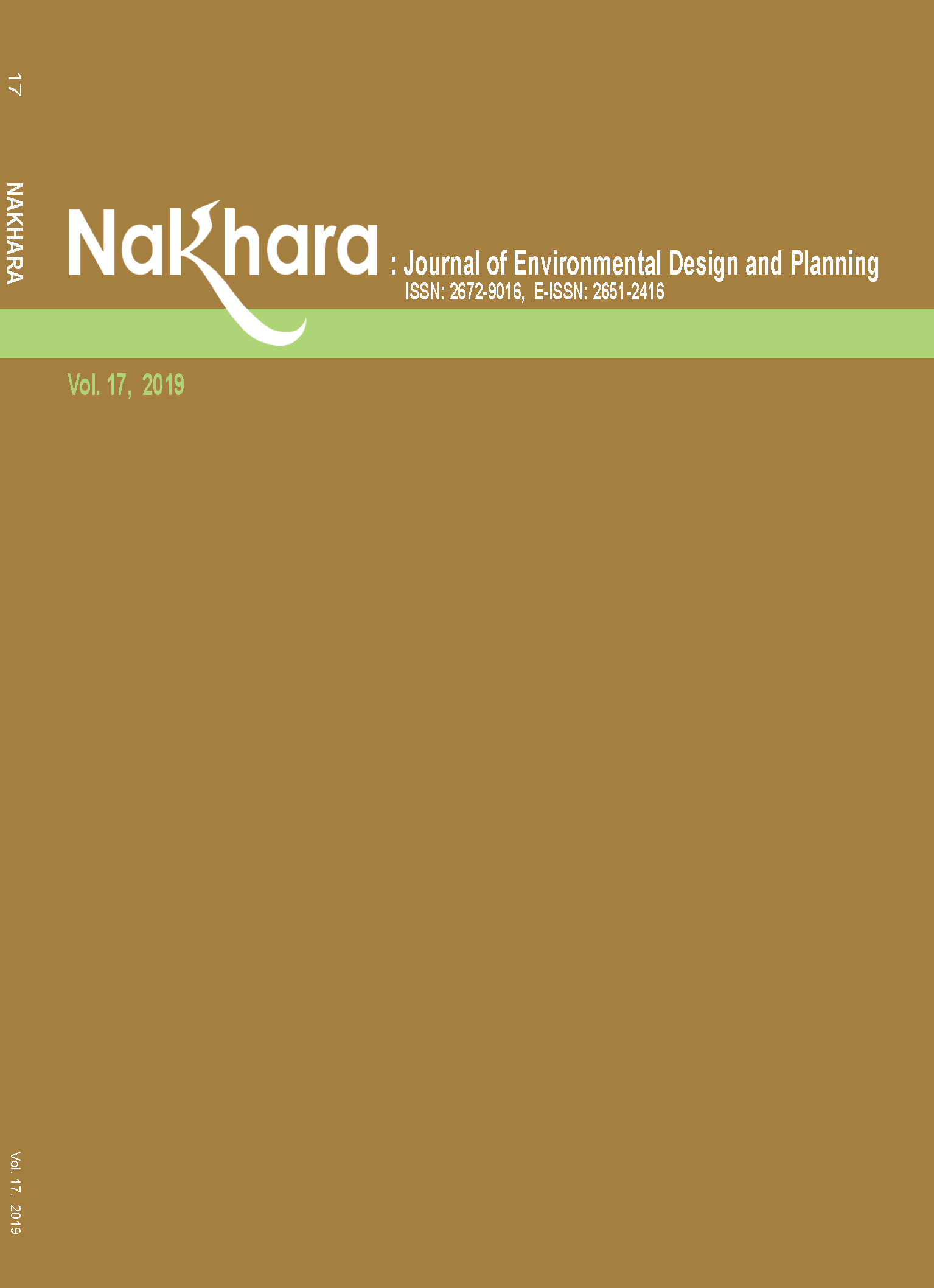Wildlife Conservation and Mangrove Interpretation Centre, Karamjal, Sundarban: A Case Study of a Site-Specific Architectural Project in a Mangrove Forest
Main Article Content
Abstract
This paper analyses the design process that addresses the ecological consideration and architectural factors with local indigenous materials so that nature-based tourism can be more encouraged and feasible towards sustainable development. The case study is the Sundarbans, which is a mangrove forest and coastal wetland with a complex ecosystem formed by a variety of plants and animals. Due to its diversity, ecosystem richness and uniqueness, this contiguous block has a huge impact on both local and global environment and is significant among researchers, conservationists and nature lovers. Karamjal, Bangladesh, one of the main entry points of Sundarban Reserve Forest is enriched with a diversified ecosystem. But now this site is deteriorating day by day with increasing unplanned build forms and visitors. For betterment of ecological setting and tourism facilities for global attention, Karamjal is indicative of better consideration both ecologically and architecturally. After analysis, a case study of site-specific design is proposed for improvement of this site.
Article Details

This work is licensed under a Creative Commons Attribution-NonCommercial-NoDerivatives 4.0 International License.
References
Biswas, S. R., Choudhury, J. K., Nishat, A., & Rahman, M. (2007). Do invasive plants threaten the Sundarbans mangrove forest of Bangladesh? Journal of Forest Ecology and Management, 245(1), 9.
Das, B., & Bandyopadhyay, D. A. (2013). Ecotourism of Sundarban in Gangatic Delta. International Journal of Scienti ic & Engineering Research, 4(5), 937-946.
Dipu, S. & Ahmed, F. (2013). Sundarban: Rediscovering Sundarban - The Mangrove Beauty of Bangladesh. Dhaka: Nymphea Publication.
Forest Department Ministry of Environment and Forests. (2010). Integrated Resources Management Plans for the Sundarbans (SRF-IRMP) (2010-2020), Vol. 01, Dhaka, Bangladesh.
Garcia, R. et al. (2006), Sustainable resorts: Learning from the 2004 tsunami. Retrieved from https://hdl.handle. net/10722/42014.
Gültekin, A. B. and Alparsl, B. (2010). An ecological building design criteria: A case study in Ankara. Gazi University Journal of Science. 24(3), 605-616.
Kamal, A. (2013). An exploratory study in South-Western Region of Bangladesh. Department of Geography and Environment Jahangirnagar University, Bangladesh.
Nishat, B. (2019). Landscape narrative of the Sundarban: Towards collaborative management by Bangladesh and India. Washington, D.C.: World Bank Group.
Rahman, M. A. (2010-2011). A tour report on Sundarban Mangrove Forest.
Robert D., Brown, T. & Gillespie, J. (1995). Microclimatic landscape design: Creating thermal comfort and energy e iciency. New York: J. Wiley & Sons.
Said, I. (1999). Ecoresort in a coastal wetland in Malaysia: A case study at Marang Resort and Safaris, Terengganu, Malaysia. Proceedings of the Research Seminar on Construction, Material and Technology. Universiti Teknologi Malaysia.
Sarker, A. H. M. R., Røskaft, E., Ma-Suza, Al-Mamun, M. M. M. A., & Nobi, M. N. (2017). Perceptions of the quality of nature-based tourism in Sundarban in local and foreign visitors: A case study from Karamjal, Mongla. Environment and Natural Resources Research, 7(1), 1-10.
Schröder, S. (2014). Corrugated bamboo roofing sheets: An untapped opportunity for Latin America. Retrieved from https://www.guaduabamboo.com/uses/corrugated-bamboo-roofing-sheets.

